ITIL® 4 Leader: Digital and IT Strategy (DITS) Training

Accredited By

Course Package
Exam Voucher by PeopleCert
Official Training Material from PeopleCert
Official ITIL®4 DITS E-Book
Highly Experienced & Accredited Instructor
Live Instructor-Led Sessions
Real Life Examples & Case Studies
Lifetime LMS Access
K-Prime Warranty
Target Audience of ITIL® 4 Leader: Digital and IT Strategy(DITS) Certification
The ITIL® 4 Leader: Digital and IT Strategy (DITS) module is intended predominantly for IT professionals involved in strategic planning, governance, risk management, and continuous improvement within an IT service organisation. The target audience for the DITS module includes:
-
IT Managers and Leaders
-
Digital Transformation Managers
-
IT Strategy Managers
-
IT Governance Professionals
-
Business and IT Consultants
-
Senior Executives and Directors
-
IT Professionals Seeking Career Advancement
Pre-requisites Of ITIL® 4 Leader: Digital and IT Strategy(DITS) Certification Training

ITIL® 4 Leader: Digital and IT Strategy (DITS) Exam and Certification information
This certification has 2 part exam
Part 1 Exam
Exam Details:
-
No. of Case Studies: 4
-
Exam duration: 60 minutes each
-
Exam Format: All four assignments are based on a case study which describes three companies engaged in service relationship. All assignments address two assessment criteria (ACs). There is one dedicated AC that all the assignments are focused on, which is AC: ‘Relate the ITIL guiding principles to all aspects of Digital and IT Strategy’.
-
Pass Marks: 32 out of 40 (75%)
-
Exam Type: Open Book
Part 2 Exam
Exam Details:
-
Pre-Requisite: Clear all the 4 Case Studies with a minimum of 30 marks out of 40
-
No. of Questions: 30
-
Exam Duration: 60 minutes
-
Exam Format: Multiple Choice Questions (MCQ)
-
Pass Marks: 21 out of 30 (70%)
-
Exam Type: Closed Book
ITIL® 4 Leader:(DITS) Training Course Certification Journey
Course Outline
- ITIL Foundation recap
- ITIL practices
- The digital and IT strategy context
Check Our Upcoming Batches
Achieve Your ITIL® 4 DITS Certification Today!
Get Your Certificate in Just 7 Days

Why Knowlathon









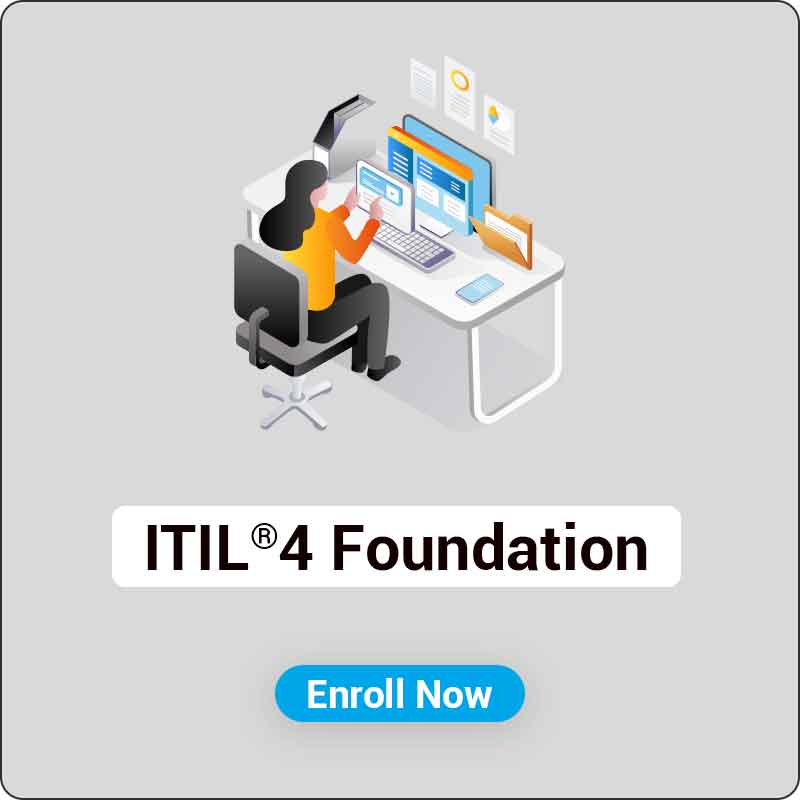
.jpg)
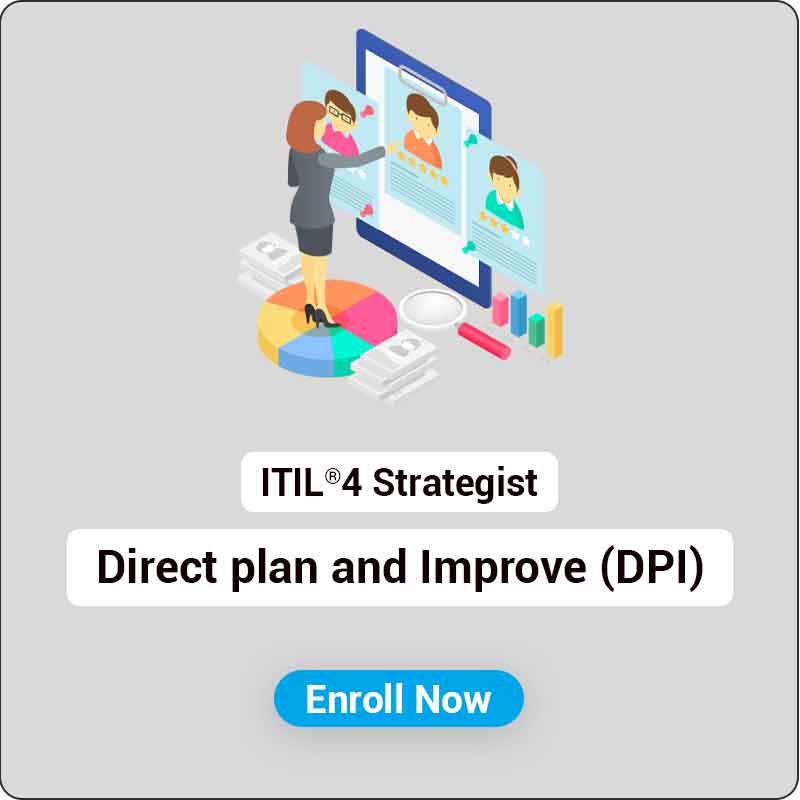
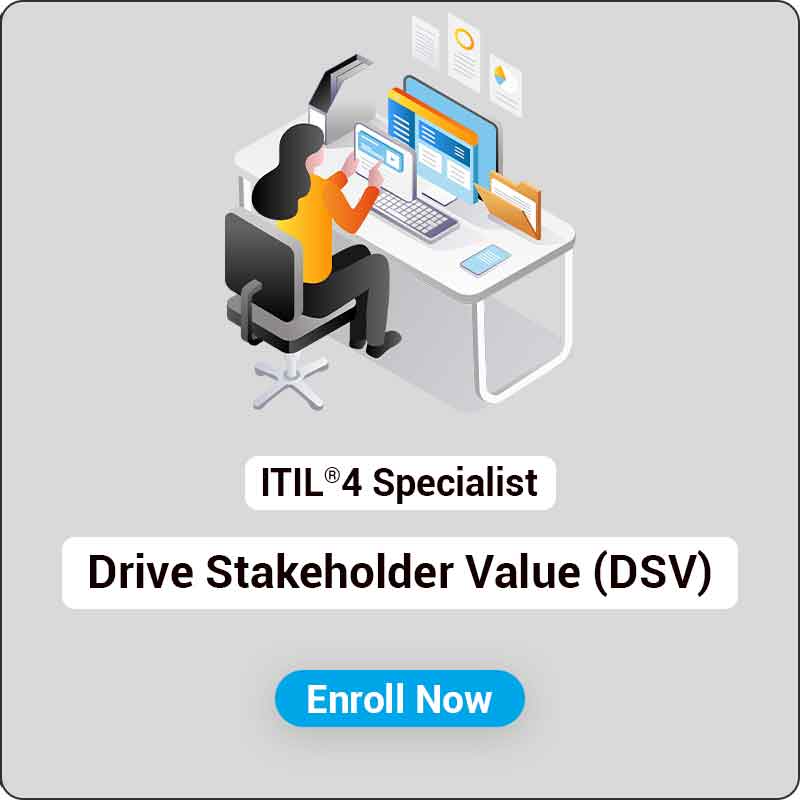

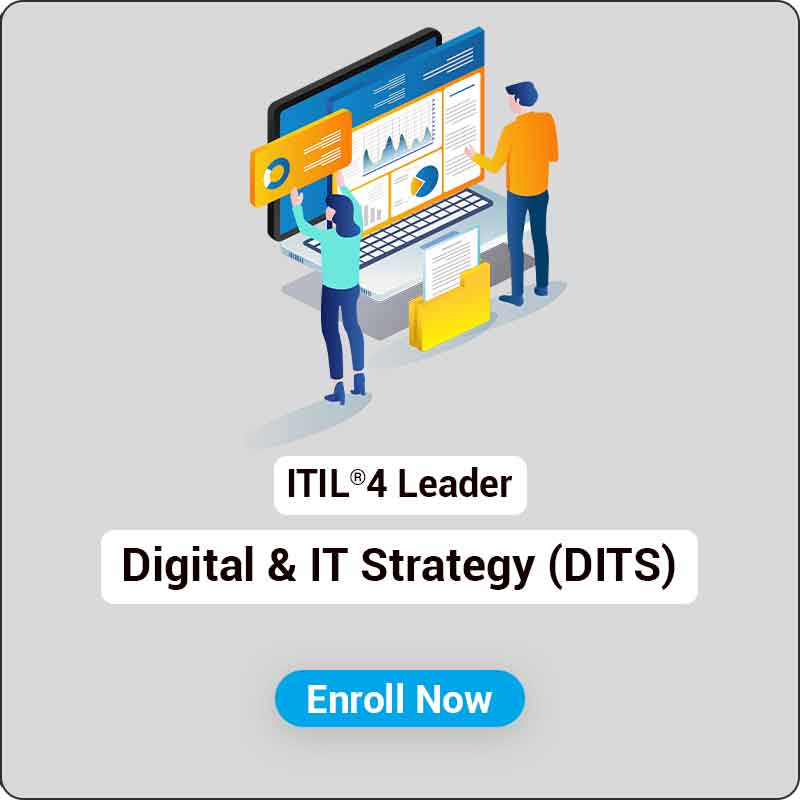
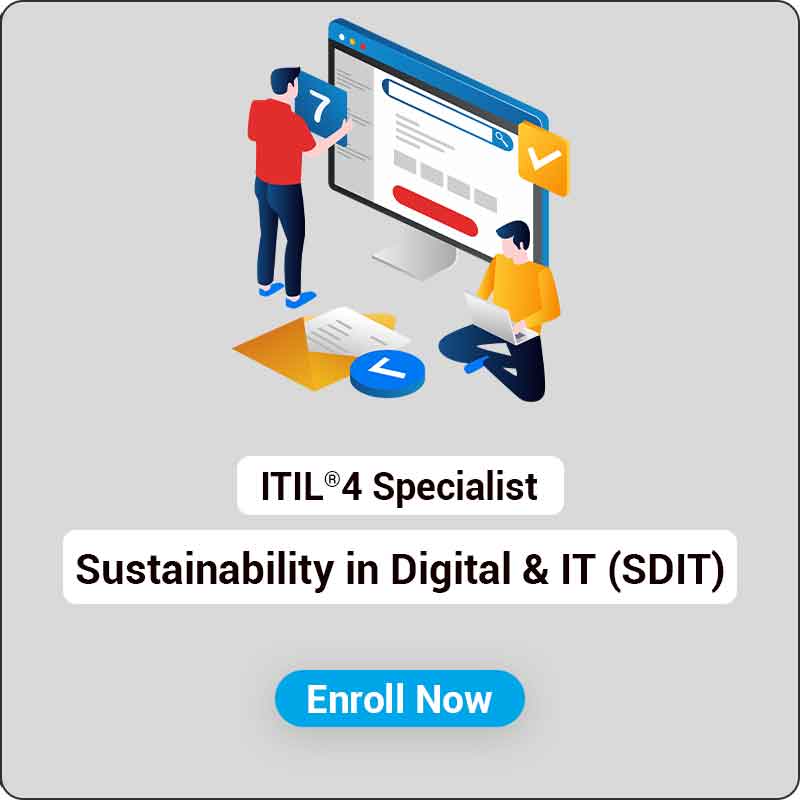
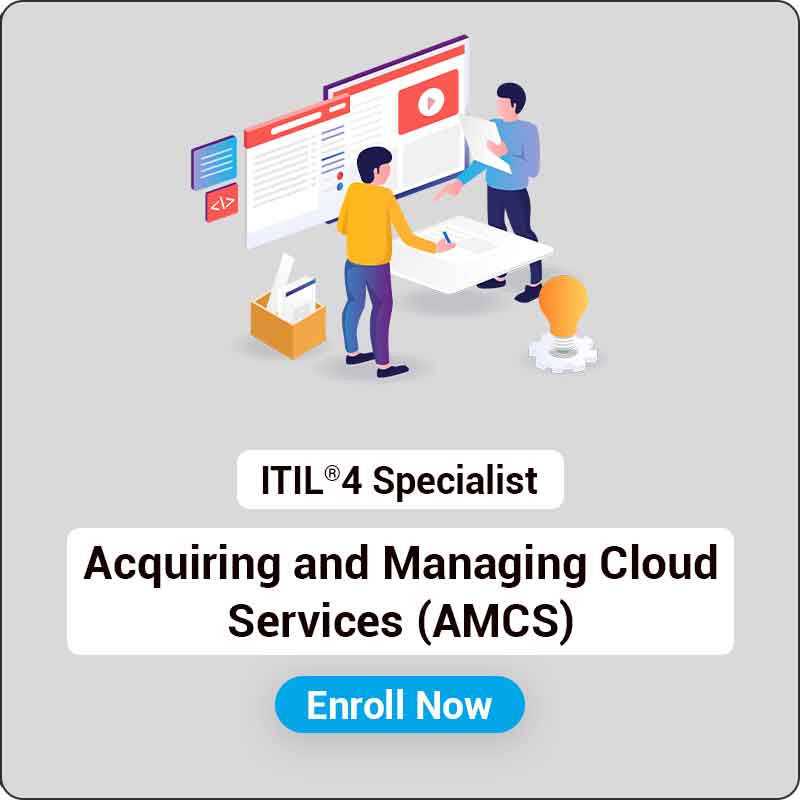
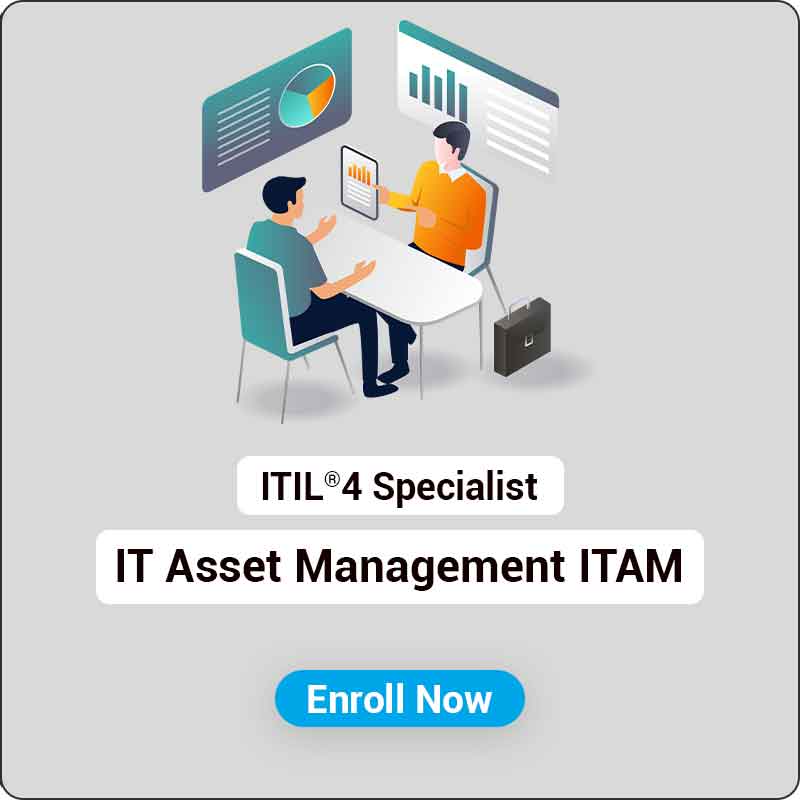
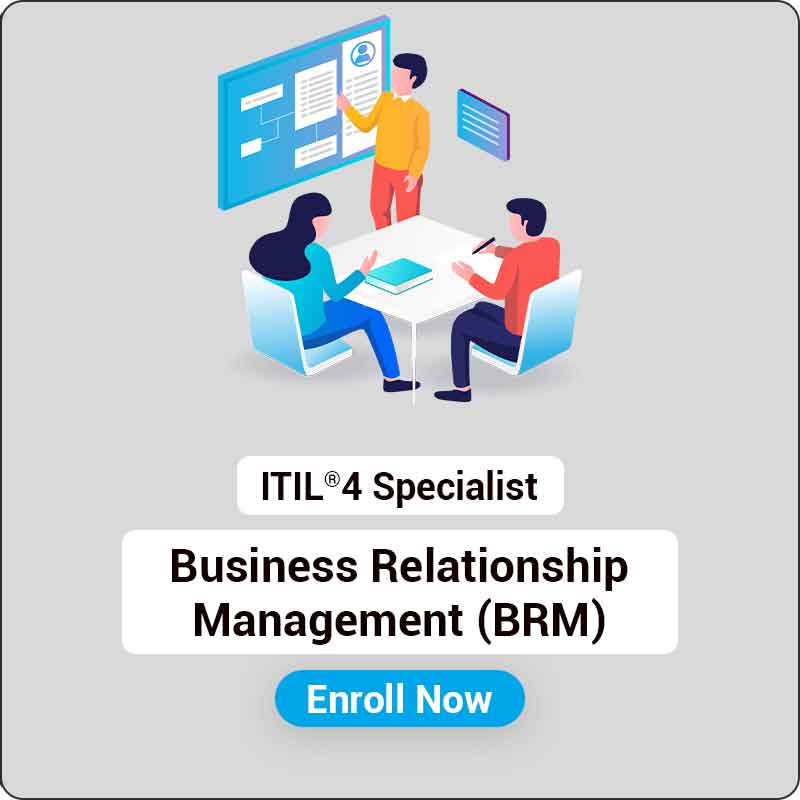
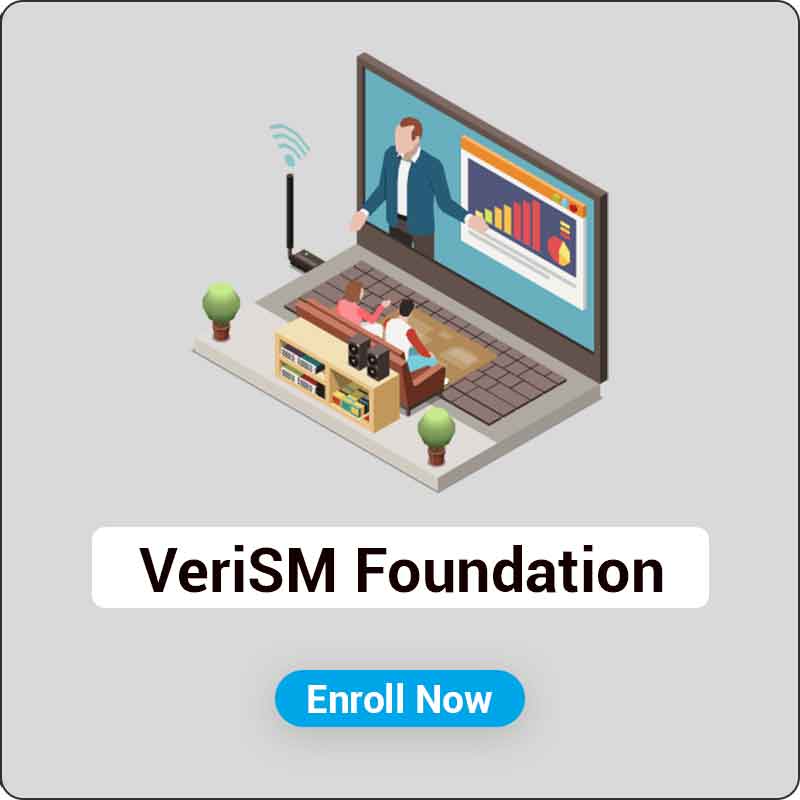
.jpg)
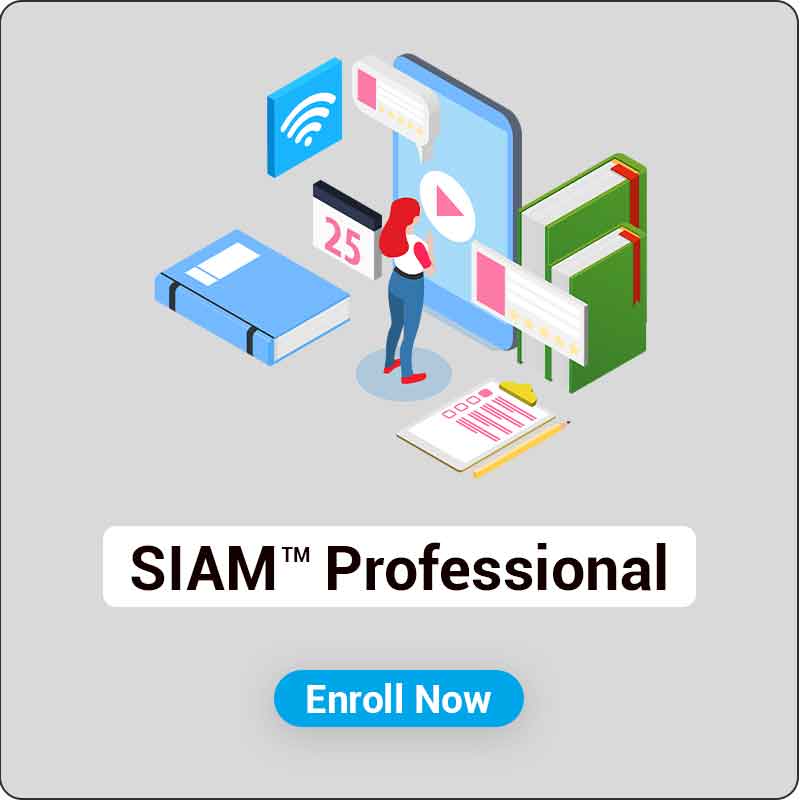
.jpg)
.png)
.png)

Student feedback
Reviews